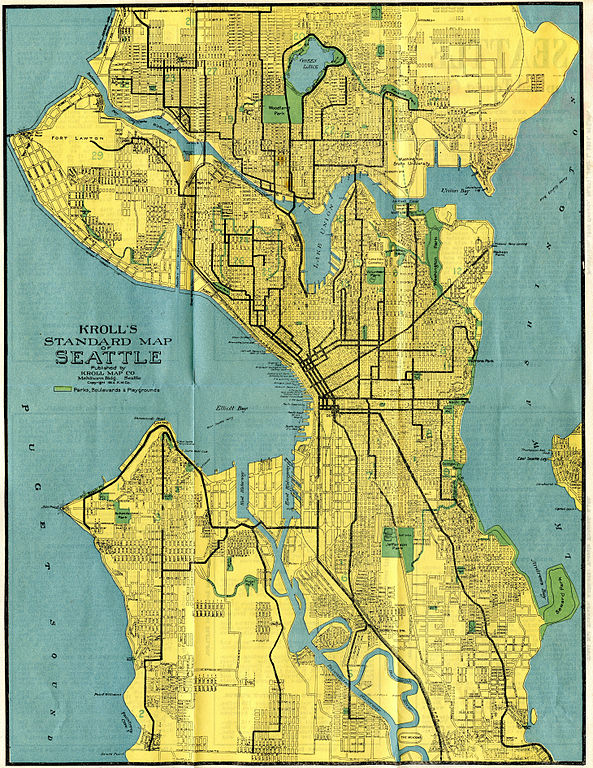 Before I write a novel, I plan and plot it out. To me, planning and plotting is like creating your map before going on a road trip. Unlike Plotters, I don’t want to map out every single stop along the way; but unlike Pantsers, I also don’t want to take off and not know where I’m going to end up.
Before I write a novel, I plan and plot it out. To me, planning and plotting is like creating your map before going on a road trip. Unlike Plotters, I don’t want to map out every single stop along the way; but unlike Pantsers, I also don’t want to take off and not know where I’m going to end up.
I’m somewhere in the middle. I like to know when and where I’m leaving from, what my final destination is, and some major stops along the way. I leave the rest of the trip to be discovered each day.
I’m almost finished planning and plotting my Seven Dudes novel. Like so many stories, it’s been floating around in my head for years. Eleven years, in fact. I first came up with the idea of a suspense story inspired by Snow White back in 2005. Now that I’m a full-time writer, it’s the novel that I most want to write. It’s time to finally do it.
Here are the five major pieces that I write down before I start writing a novel. I learned most of these from Brian McDonald‘s book, Invisible Ink: A Practical Guide to Building Stories that Resonate, and Jess Lourey‘s article, A Pyramid Approach to Novel Writing.
- One-sentence summary: This is like the blurb you’d read in a book catalog. It’s one sentence that sums up your entire novel. Hard to do but once you do it, it makes things clear as day. See the Pyramid Approach for tips.
- Three acts map: I divide a sheet of paper into three sections (the middle section is twice as big as the first and third section) and write at the top of each section: Act 1, Act 2, and Act 3. Then for each one, I jot down as many things as I can think of that need to be covered in each act. Often, I don’t know exactly how some plot point or characteristic will happen, just that I need to show it. For example, for Act 1 of Seven Dudes, I’ve written down things like: “We meet Doc and see how much of a loner he is” and “Show Doc’s obsession with bonsai trees.” Read Invisible Ink for tips on the three acts and what needs to be included in each one.
- Back cover: This is what you’ll find on the back cover of my novel. It’s a short, punchy summary that gives the reader just enough information to know what the story’s about and to want to read it. Having this written before I write my novel keeps me focused on the end goal while I’m writing. For details on how I wrote the back cover for my first novel, The Contenders, go here.
- Character bible: In the past, I used to write tons of details about each character including what they look like, what they wear, their favorite foods, their astrological sign, etc., but now I just identify an actor or actress that reminds me of my character and I copy and paste their photo into my Word doc. Then, next to the photo, I write down the character’s greatest want, need, and fear. Sounds simple but it takes a lot of deep thinking. See the Pyramid Approach for tips on creating a character bible.
- Armature: As McDonald explains in Invisible Ink, the armature is “the idea upon which we hang our story,” and “it’s what you want want to say with your piece.” In essence, “the armature is your point.” I believe the armature is the most important part of planning and plotting your story, but for me, it’s the hardest thing to do. I have a feeling inside of what my armature is for Seven Dudes, but so far, I can’t articulate it in words. The same thing happened with The Contenders. I had to finish everything else before I could finally nail down the armature.
These five pieces might sound relatively simple, but I find the process of creating them to be the hardest part of writing a novel. I admit–it makes my brain hurt doing some of these parts.
The great thing, though, is that once I have these five components nailed down, I feel READY. I can dive into writing my story with some confidence. Just like heading out on a road trip, it’s freeing and exhilarating to finally take off after all that planning!
Peg Cheng is the author of The Contenders, a middle-grade novel centered on the question, can enemies become friends? She is also the founder of Prelaw Guru, a law school application consulting company, and the author of The No B.S. Guides for prelaw students.
This page contains affiliate links to my shop on Bookshop.org, an online bookstore with a mission to financially support local, independent bookstores. If you make a purchase using these links, I will earn a small commission and a matching commission will be given to independent bookstores. Thank you for shopping indie.